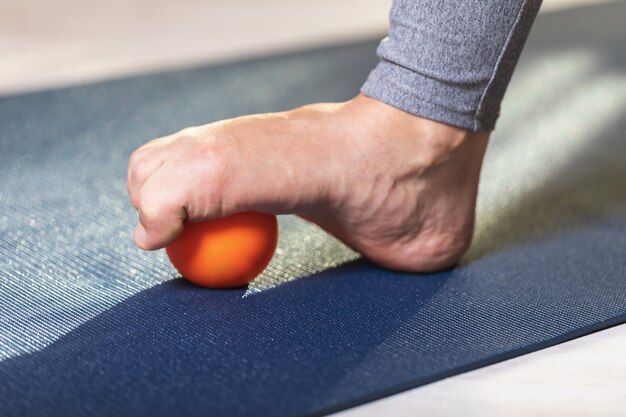A man's foot has sections called arches. The transverse is under the base of the toes, longitudinal - on the inner edge along the length of the foot. The vaults play an important functional role. They create cushioning while walking and help maintain balance.
Flatfoot is a common deformity in which the arches of the legs (one or both) are lowered. Such disorders reduce the softening properties of the foot and the person’s ability to maintain balance.
HOW TO UNDERSTAND YOUR PLANE
Pathology is common. Without proper treatment, the disease develops and leads to serious disorders of the musculoskeletal system. Therefore, it is important to recognize the first symptoms of flat feet in time:
- legs quickly get tired when walking;
- pain in the feet: on top of the arch and calcaneal tubercle;
- a feeling of tension in the calves;
- pain in the legs, lower back, under the knees, which is worse when walking;
- corns appear, often near the base of the first finger;
- the feet become wider and often swell.
Also, the signs of flat feet can be recognized by shoes: the sole wears out faster, and the insole is rubbed over the entire or almost the entire surface.The manifestation of any pain or discomfort while walking is a clear signal that you need to see a doctor.
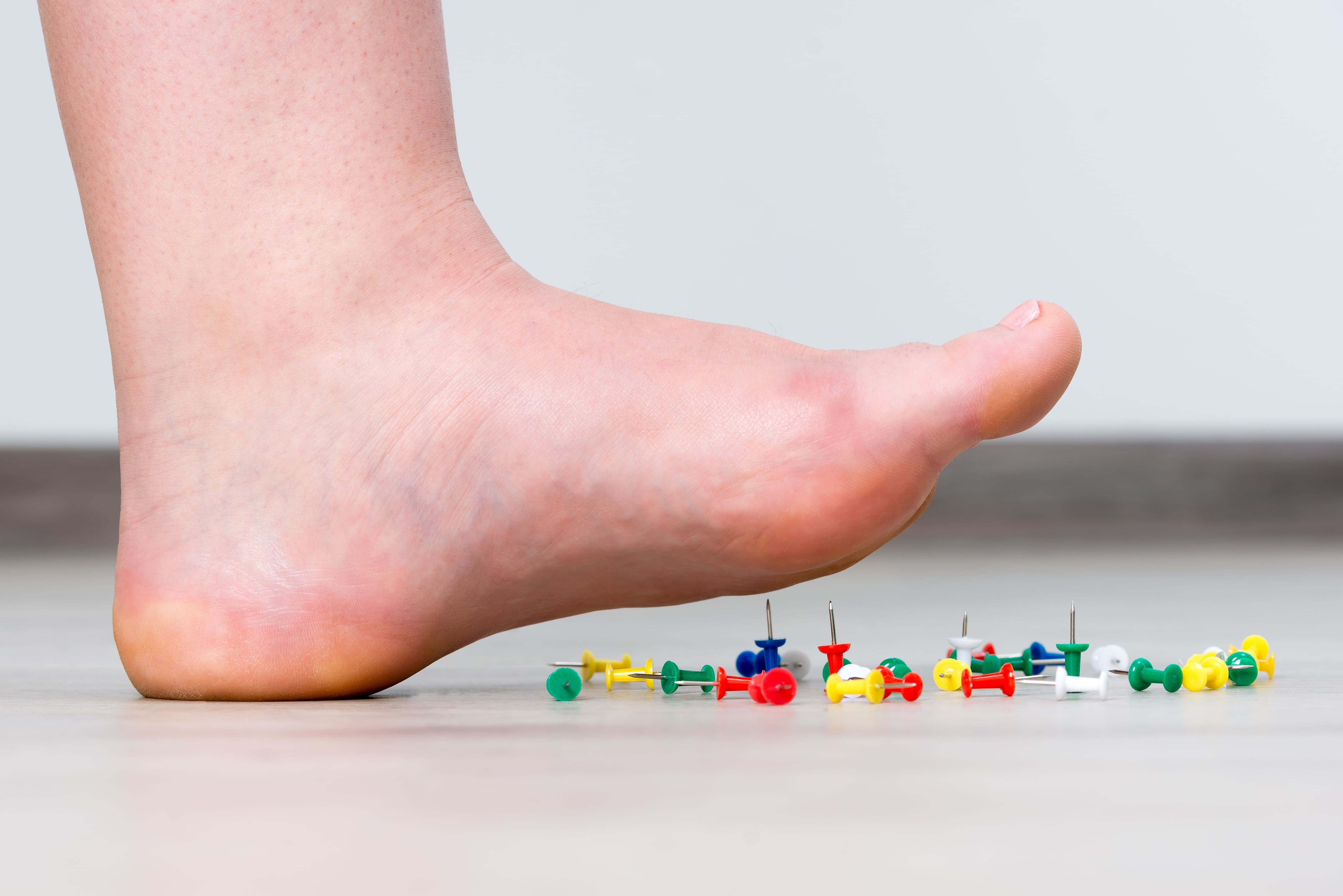
WHAT ARE PLATFOOT TYPES
There are several classifications of this disease of the musculoskeletal system. Doctors share congenital (anatomical) and acquired pathology. According to the features of foot deformation, the disease is divided into three types:
- longitudinal flat feet, in which the deformation of the longitudinal arch occurs. Almost the entire area of the sole touches the floor. An increase in foot length is sometimes noted. Pathology is diagnosed in 20% of patients, more often in children;
- transverse flatfoot, which manifests itself as a flattening of the transverse arch. Due to the development of this defect, deformation of the fingers occurs. The characteristic signs of transverse flatfoot are the formation of corns, pain in the forefoot;
- longitudinal-transverse flat feet, in which signs of both types of deformation are manifested;
- valgus flatfoot, which is more common in children. It manifests itself as a curvature of the axis of the foot: the heel and toes are turned outward, and the middle is inward.
All types of deformation, including longitudinal and transverse flat feet, have degrees of development. This determines the methods of therapy and the likelihood of a full recovery.
HOW THE DEGREES OF PLANE STOPPING MANIFEST
It is very important to detect the problem and take the necessary measures at the very beginning. Each of the stages of the development of the disease has characteristic features:
- flat feet of 1 degree. Changes are not noticeable. The disease is manifested by discomfort during walking, excessive tiredness of the legs after light exertion. Sometimes the feet swell. The gait becomes heavy, elasticity is lost;
- flat feet 2 degrees. Both arches are deformed. The pains become permanent and strong, spread to the knees. Gait noticeably worsens, sometimes clubfoot appears;
- flat feet 3 degrees. Deformation of the foot is manifested as much as possible. It is difficult to walk, pain occurs with simple physical exertion. The process of violation of the entire musculoskeletal system starts. Headaches often appear.
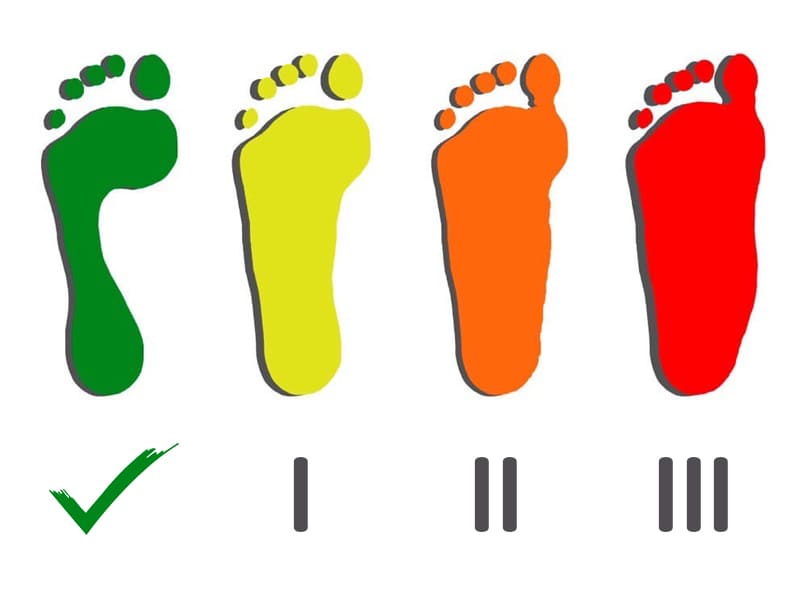
The sooner a person visits a doctor, the easier it is to stop the development of flat feet.
REASONS FOR FLAT
Congenital pathology is rarely diagnosed. Only in 5% of cases. In 95% of cases, a change in the shape of the foot is acquired in the process of life. The main causes of flat feet, which are harmful to ignore:
- atrophy or weakness of the muscles and ligaments resulting from insufficient motor activity;
- overweight;
- uncomfortable shoes;
- too heavy loads on the feet (standing work or constant wearing of high-heeled shoes).
Sometimes the cause is injury or illness. So, as a result of weakening the structure of the bones of the foot, rickets flat feet may occur. Traumatic flatfoot occurs with fractures of the ankle, tarsus or calcaneus. As a result of paralysis of the plantar and some muscles of the lower leg, a flat paralytic foot is formed. But the most common is static flat feet. It occurs in 80% of patients and occurs as a result of a decrease in the strength of the muscles of the leg and foot.
What is dangerous flat feet
The risk group includes people who are overweight and lead a sedentary lifestyle, wear uncomfortable shoes. It is necessary to regularly be examined by an orthopedist after suffering illnesses and foot injuries. Ignoring the problem, you risk aggravating the situation.
Flat feet lose their cushioning function. As a result of this, the load on the ankle, knee and hip joints, as well as the spine, increases. They wear out much faster. This leads to the development of serious pathologies.
FLATFOOT AT ADULTS
It is extremely difficult to correct the deformations of the formed musculoskeletal system. Most of the effort is aimed at preventing flat feet. This is possible only in the first stages of violations. Therefore, it is very important to detect the problem as early as possible, determine what led to the development of the disease, and eliminate the causes.
Particular attention should be paid to people who are at risk. For example, in women flat feet can develop due to the constant wearing of tight shoes and high-heeled shoes. Athletes have flat feet due to raising heavy shells, resulting in excessive pressure on the feet. At first, flat feet in adults is characterized by pain in the legs and minor changes in posture. But without proper treatment, it can lead to scoliosis and even arthrosis.
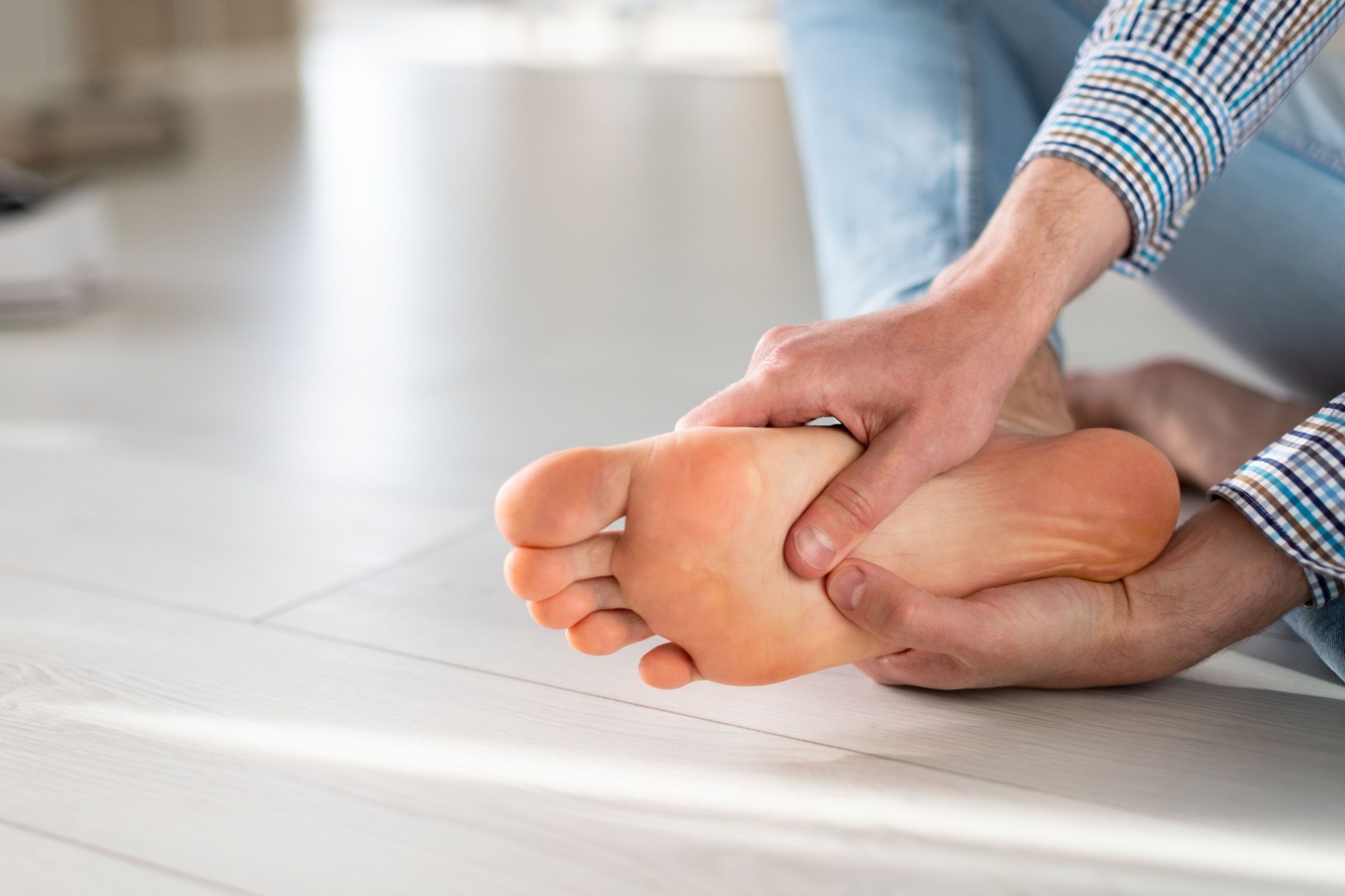
HOW DOES PLATFOOM AT CHILDREN
Parents worry about the health of their babies and often rush to treat children's flat feet at a very young age. But up to 3 years, you only need to carefully monitor the development of the legs and gait, as well as regularly undergo examinations at the pediatrician. In infants, a flat foot is the norm. The role of shock absorbers is performed by fat pads on the heel and toe. Anxiety should cause pain while walking or a noticeable deformation.
The height of the arch of the foot is formed up to 6 years. If you notice that it does not take an anatomical shape, consult an orthopedist. Flat feet in a child in an early form can be corrected by sports, the right shoes, special insoles, a change in nutrition and physiotherapeutic procedures.
In some cases, flat feet in adolescents is extremely difficult to treat. Already at the age of 12, some types of deformations cannot be corrected.
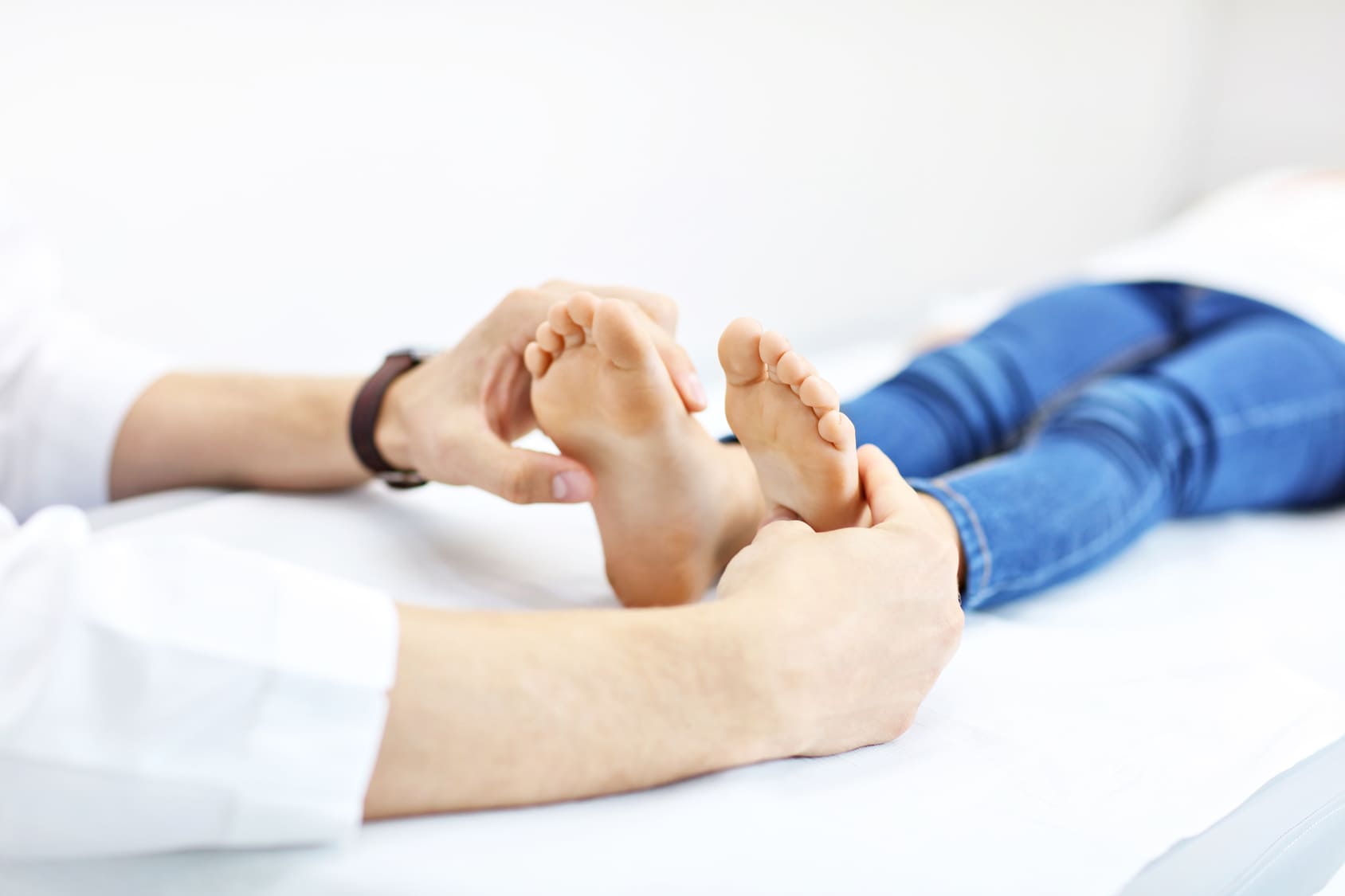
CAN PLANE CURE BE CURED
Much depends on how far the deformation has gone. Early diagnosis of flat feet is very important. Leg pain is a good reason to visit an orthopedist. The doctor will conduct an examination and, if there is suspicion of deformation of the arch of the
- feet, will prescribe additional studies:
- planography - a graphic imprint of the sole;
- submetry - index of the ratio of length to height of the foot;
- X-ray - a snapshot of the feet in the projections.
These methods allow you to accurately determine the presence of deformation and the degree of development of the disease, as well as to prescribe the optimal treatment for both longitudinal flat feet and the treatment of transverse flat feet.

Flatfoot treatment at the Institute of Vertebrology and Rehabilitation
Surgical operation with flat feet is prescribed in extreme cases. Today, it is possible to treat flat feet in children, as well as treat flat feet in adults with non-invasive methods. Doctors will study the features of the deformation of the arches and select an individual therapeutic program. Treatment of flat feet in Kiev and other cities of Ukraine is carried out comprehensively:
- physiotherapy;
- massotherapy;
- special gymnastics;
- taking medications;
- he use of orthopedic products and shoes.
Specialists of the Institute of Vertebrology and Rehabilitation regularly analyze the condition of patients and adjust the therapeutic complex depending on the dynamics of treatment.
PREVENTION OF FLAT STOP
You can prevent the development of the disease. In order not to be able to correct the situation only on the operating table, it is important to remove factors that lead to deformation of the feet. Preventive measures are simple and accessible to everyone:
- active lifestyle, sports;
- body weight control;
- comfortable shoes;
- timely and proper treatment of injuries;
- regular orthopedic examinations.
In order to assess the reserve and the quality of the patient’s health, functional tests are performed in exercise therapy. After the checkup, the doctor will recommend effective exercises for the feet from flat feet. This is a simple kit. It is only important to perform it regularly.
